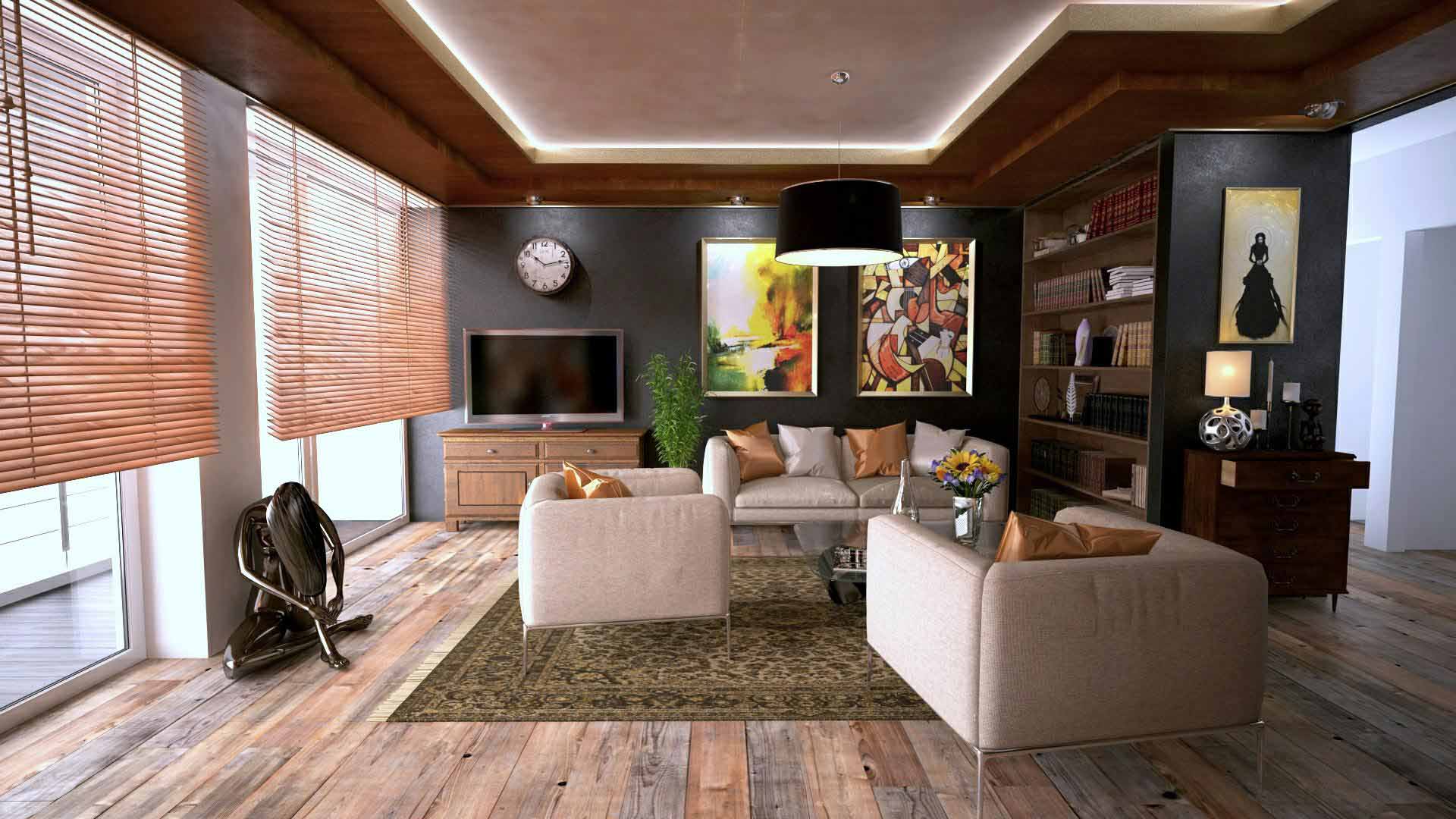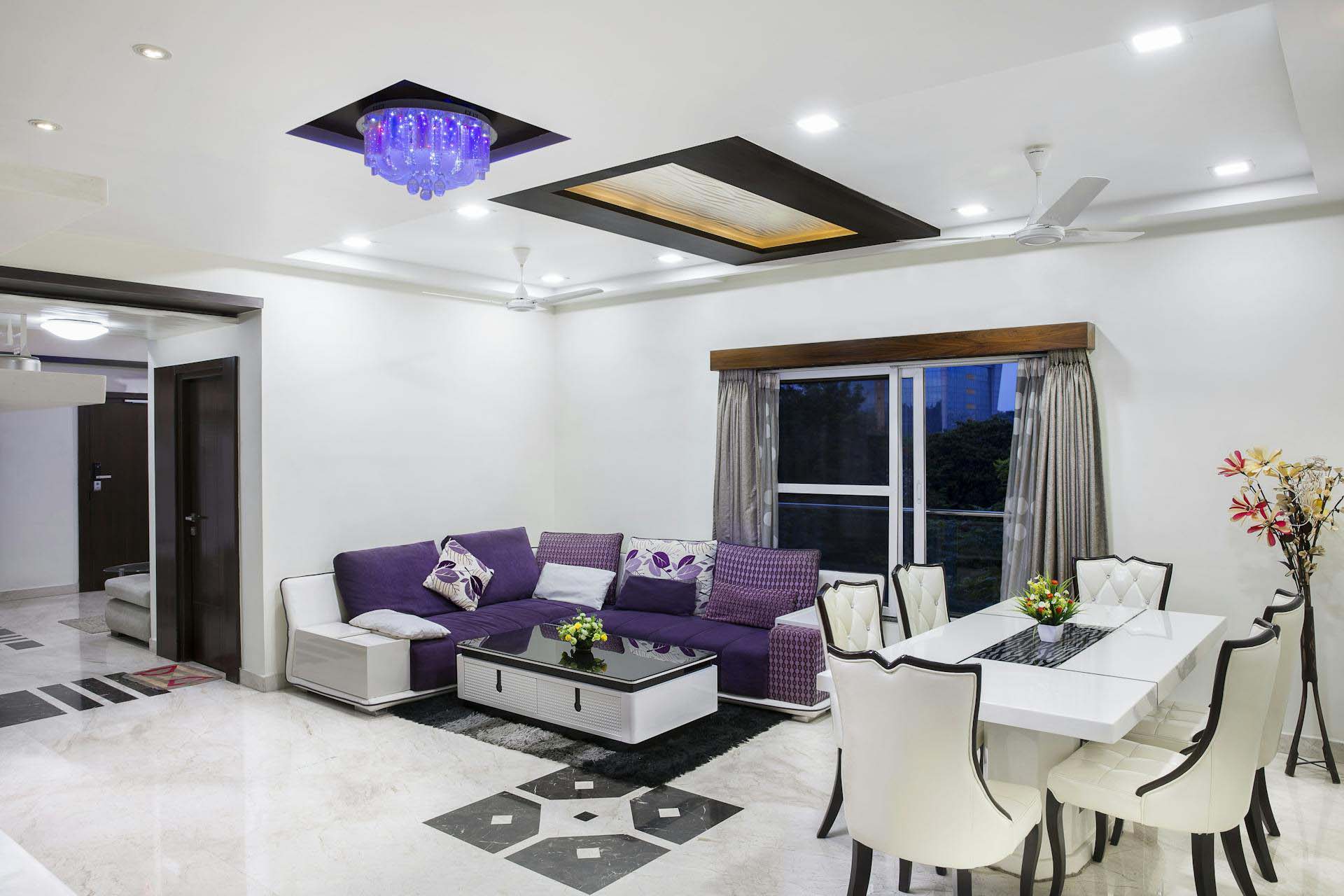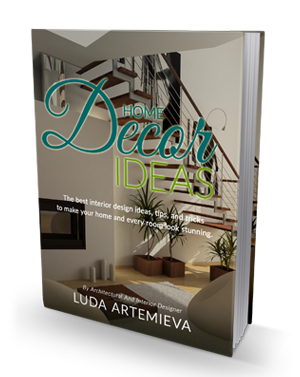In the world of contemporary architecture, interiors no longer simply follow wall and floor layouts – they respond. With advances in smart-building systems, modular construction, and innovative materials, interior design is entering a new era of fluidity, customization, and high performance. For design firms like LVA Concepts, mastering this intersection of architecture + interior + technology is key. Let’s explore how contemporary architecture is shaping interior design through integration, adaptability and tech-driven materials.
Blurred Boundaries Between Architecture & Interior
Contemporary architecture favours open plans, large spans, minimal structural intrusions, and an emphasis on light, material and connection. These architectural moves set the stage for interiors that flow seamlessly into the built shell. Instead of discrete “rooms”, interior spaces become zones: living, working, relaxing, entertaining transform smoothly within one envelope. Material transitions – from floor to ceiling, from wall to ceiling plane, are subtle and continuous, aligning with interiors that feel expansive, unified, and modern.
Smart Systems Embedded in Interiors
Technology is now concealed within the architectural fabric of interior spaces. Contemporary design hides sensors, lighting controls, motorised shading, climate systems and even furniture automation behind clean surfaces and refined finishes. For example, floor-to-ceiling glazing may include electrochromic smart glass that tints with sunlight to control glare and heat gain; lighting strips embedded in coves adjust brightness and colour temperature to match circadian rhythms. These features allow interiors to adapt dynamically, morning to evening, work to relaxation, without sacrificing a minimalist aesthetic.
Modular Architecture & Flexible Interiors
Another hallmark of contemporary architecture is modularity, prefabricated elements, movable partitions, adaptive shell systems. Interiors within this framework become highly flexible: a kitchen island that reconfigures, a wall panel that slides to expand a living area into workspace, floor systems that allow embedded service tracks for changing layouts. This adaptability is especially relevant for modern households where functions shift (remote work, entertaining, family time). Good interior design in contemporary architecture anticipates this mobility and embeds it from the outset.
Advanced Materials & Finishes for Interiors
Material innovation is a key driver. Contemporary architecture experiments with ultra-thin engineered stone, high-performance glazing, composite panels, exposed concrete finishes, tactile textiles, and acoustic systems integrated into ceilings and walls. Interiors benefit from these materials in both form and function: large span polished concrete floors create continuity; high-gloss or textured panels conceal services; acoustic textiles and perforated metallic screens manage sound while contributing to the architectural aesthetic. Designers must balance durability, maintenance, and aesthetics – especially in a contemporary context where “less is more.”
Sustainability & Responsive Interiors
Contemporary architecture increasingly embeds sustainability, and interior design must follow. Interiors become part of a building’s energy envelope rather than solely decorative. Material choices reflect lifecycle thinking: low-VOC finishes, recyclable panels, smart HVAC integrated into walls/ceiling. Lighting design adapts to occupancy and daylight levels. Interiors become responsive: shading actuated by sunlight, ventilation responding to occupancy, lighting adapting to circadian needs. These features align with both architectural ambition and interior comfort.
Putting It All Together
For a firm like LVA Concepts that values contemporary architecture and innovative technology, the synergy of structure, systems and interior becomes the hallmark of its projects. Contemporary architecture no longer “houses” interiors, it becomes them. Interiors are not an after-thought but a continuation of the architectural concept, responsive, flexible and technology-enabled. By embracing smart systems, modularity, advanced materials and sustainability, interior design can deliver not just beauty but high performance, and that is the future of contemporary architecture.




